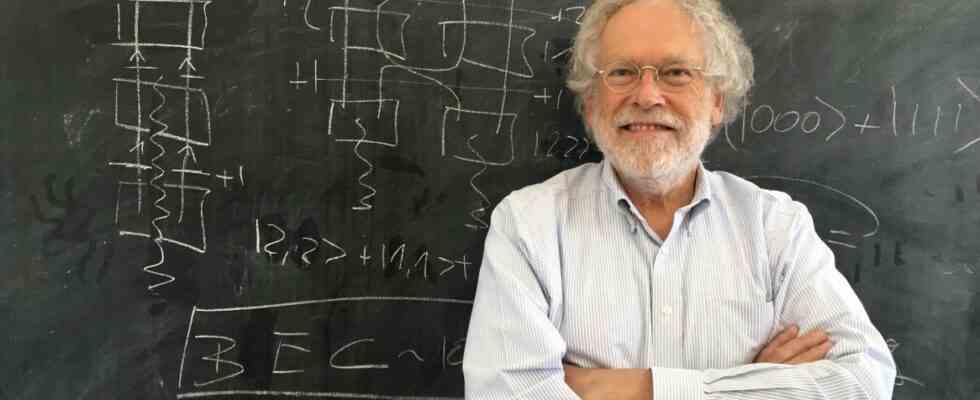Anyone who has produced no fewer than 18 Nobel Prize winners can call themselves world class. Or? After all, Nobel Prizes have only been awarded since 1901. Calculated like this, a medal would have gone to the Technical University of Munich every six to seven years. Wow.
But who’s on the list? Thomas Mann? Did he do rocket science before the Buddenbrooks? Or with heredity? Perhaps his biographers have so far neglected a crucial episode in his work? The TUM itself helps: Thomas Mann, she writes, attended lectures at the Technical University of Munich for two semesters when he was 20, in literature and art history, aesthetics and economics. However, he did not stay there for long. The following year he moved to Italy with his brother Heinrich. Then he wrote his famous family saga.
Everything is “ranked” these days, so there’s no harm in beautifying the statistics a bit, be it with a Nobel Prize for Literature. But what about the other 17 laureates on the list, the physicists, chemists, medical scientists? Another one just joined: “TUM-Alumnus” Anton Zeilinger received the Nobel Prize for Physics. alumnus? The Austrian did most of his quantum research in his home town of Vienna, spent a long time in the USA in between – and then, in addition to many other stations, spent four semesters as a professor in Munich.
Now you’re getting curious: Did the other professors at least do their groundbreaking research at TUM? Ernst Ruska, inventor of the electron microscope, and Wolfgang Paul, discoverer of the ion trap, studied at TUM for the first two years before doing their doctorate elsewhere and achieving the highest degree. Wolfgang Ketterle and Konrad Bloch stayed for four years. Heinrich Wieland commuted between Berlin, where he developed war gases for the First World War, and Munich. And then there are luminaries in their field from abroad who have been appointed honorary professors at TUM – the list is a bit longer again.
It’s just such a thing with statistics: If you do it cleverly, they can be stretched like a rubber band. All that’s missing is a Nobel Peace Prize winner to grace the list. Kofi Annan gave a speech in the TUM Audimax.

